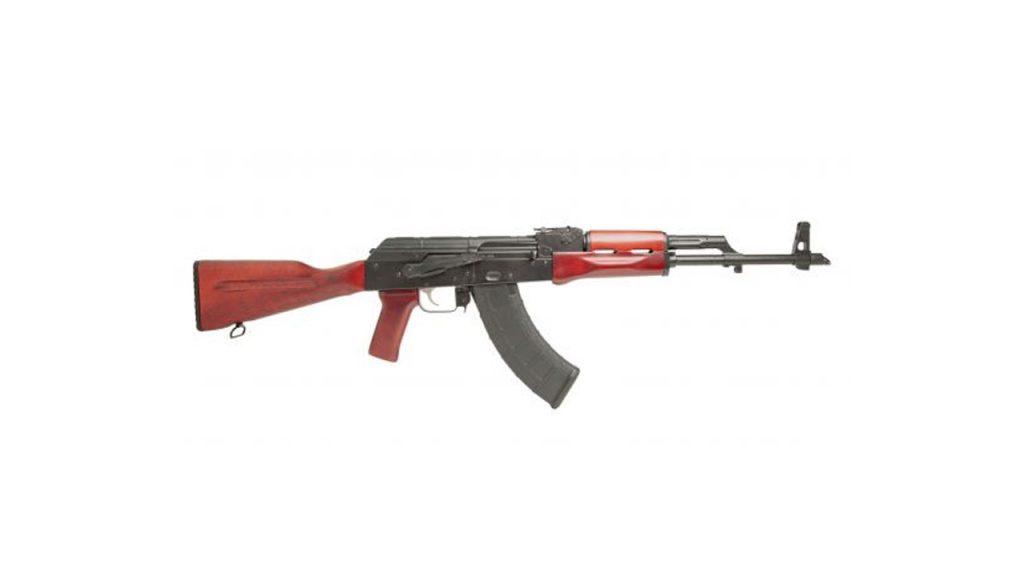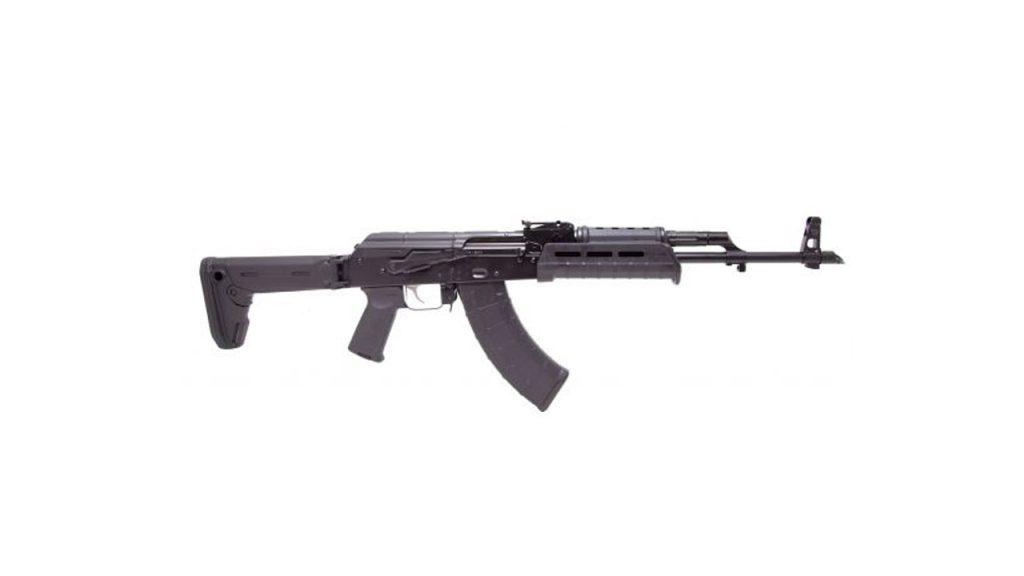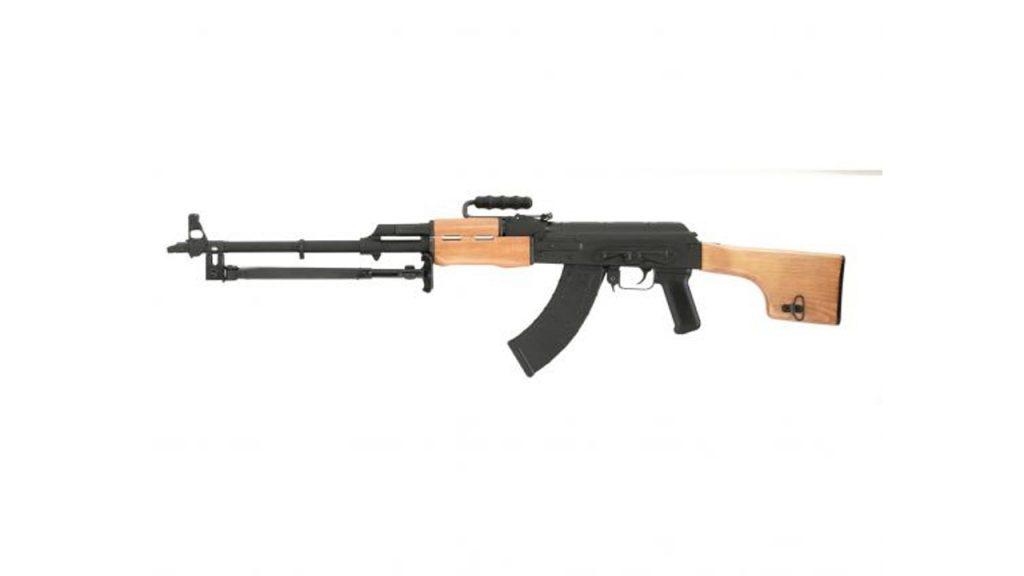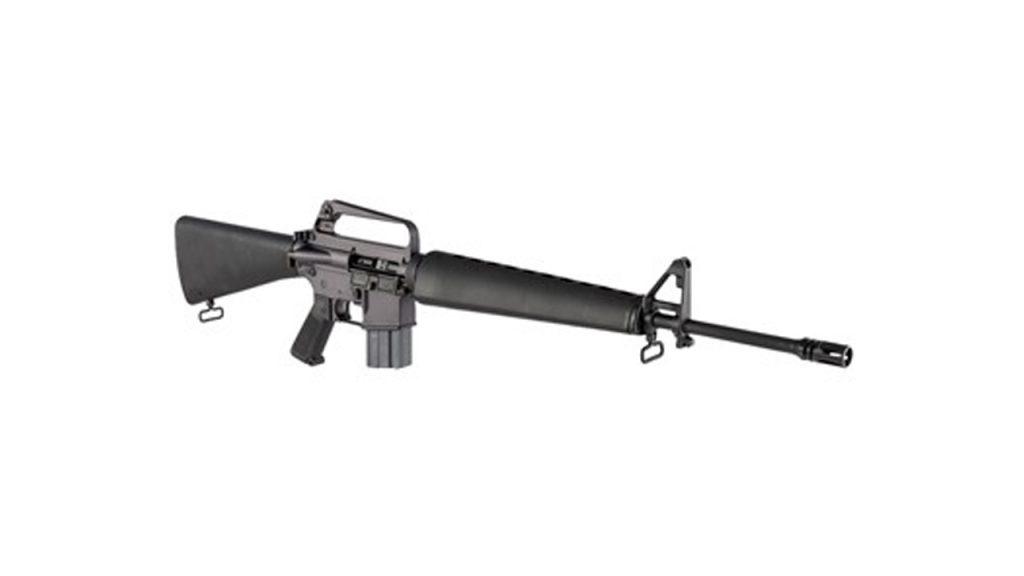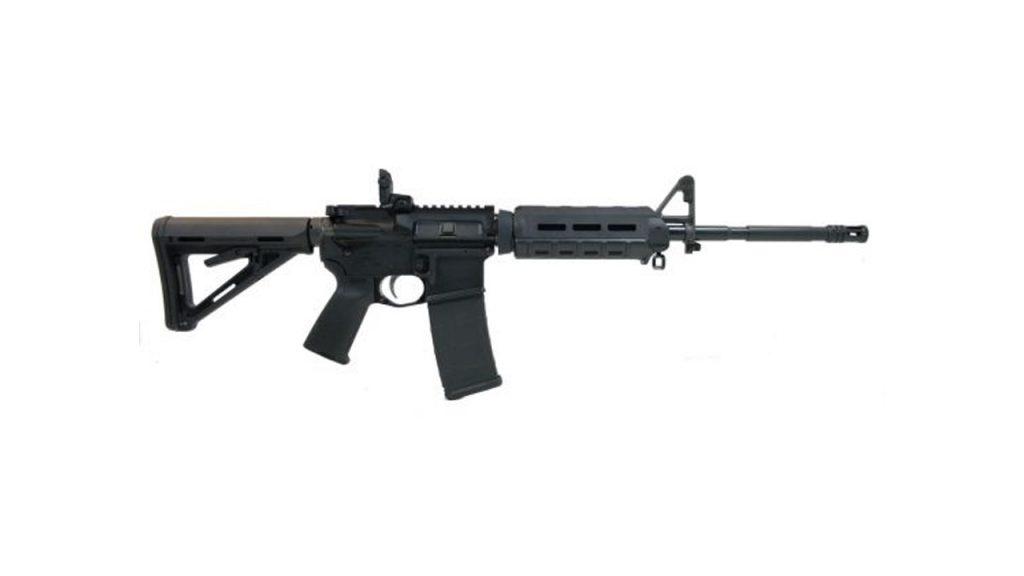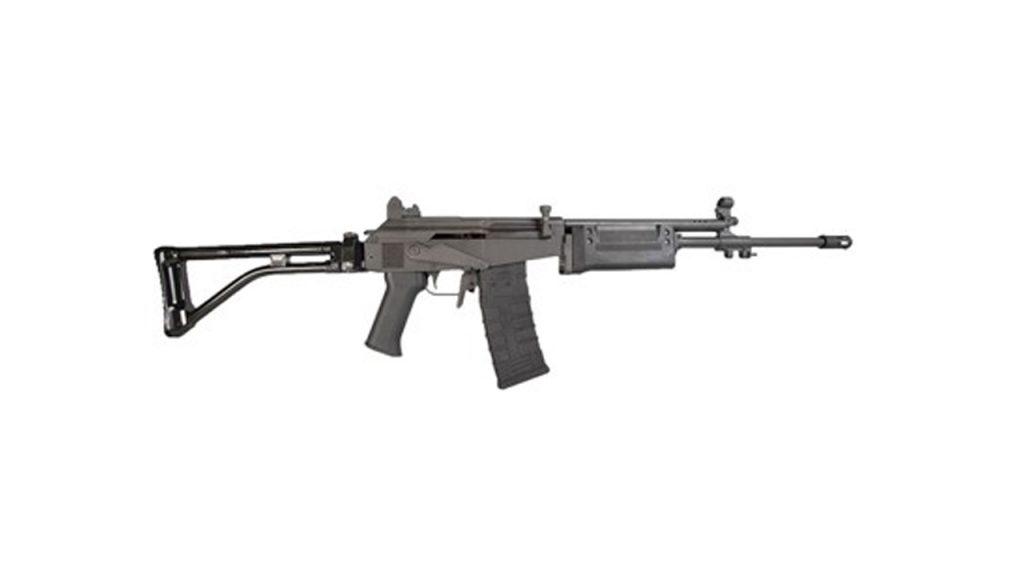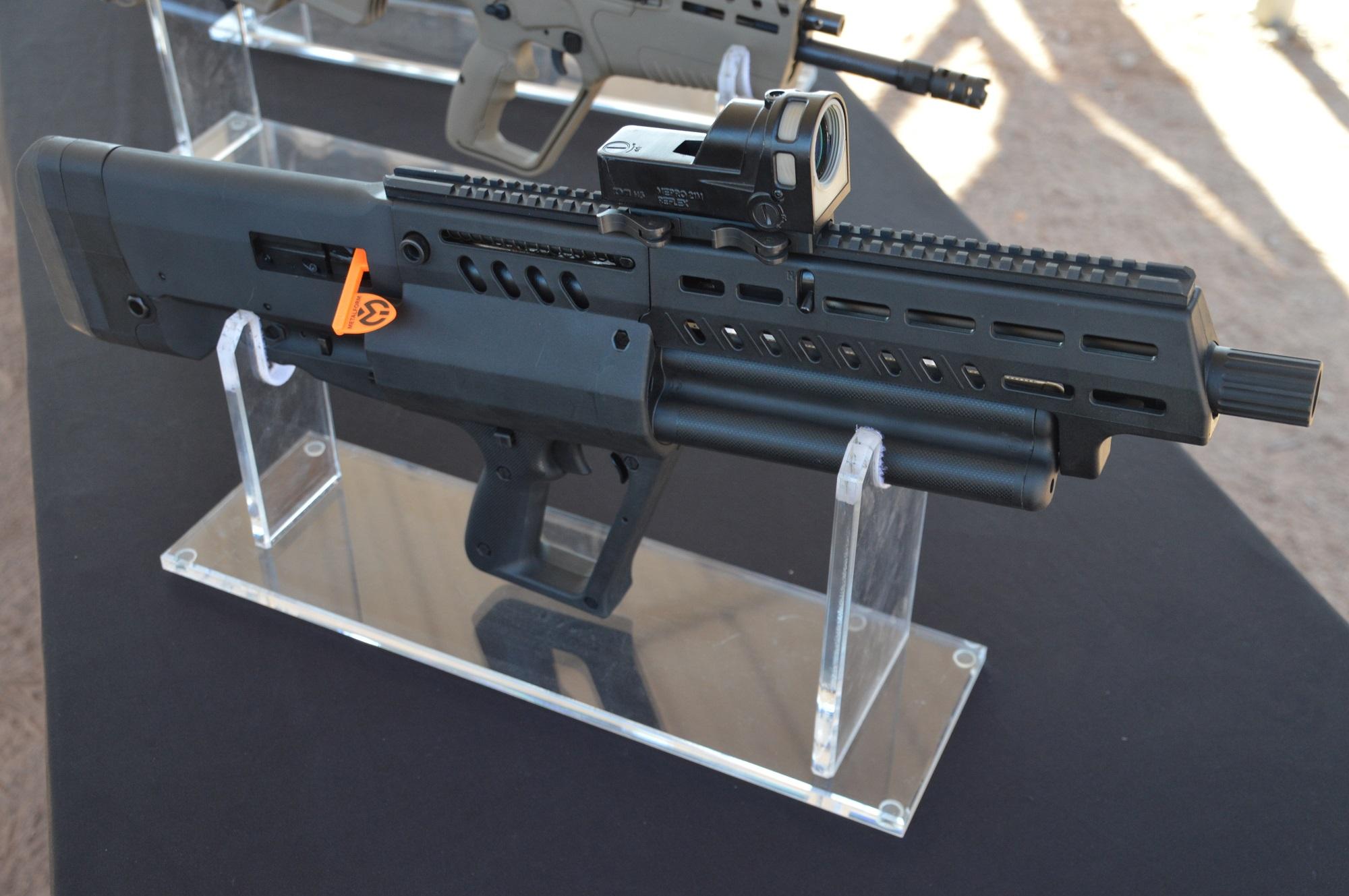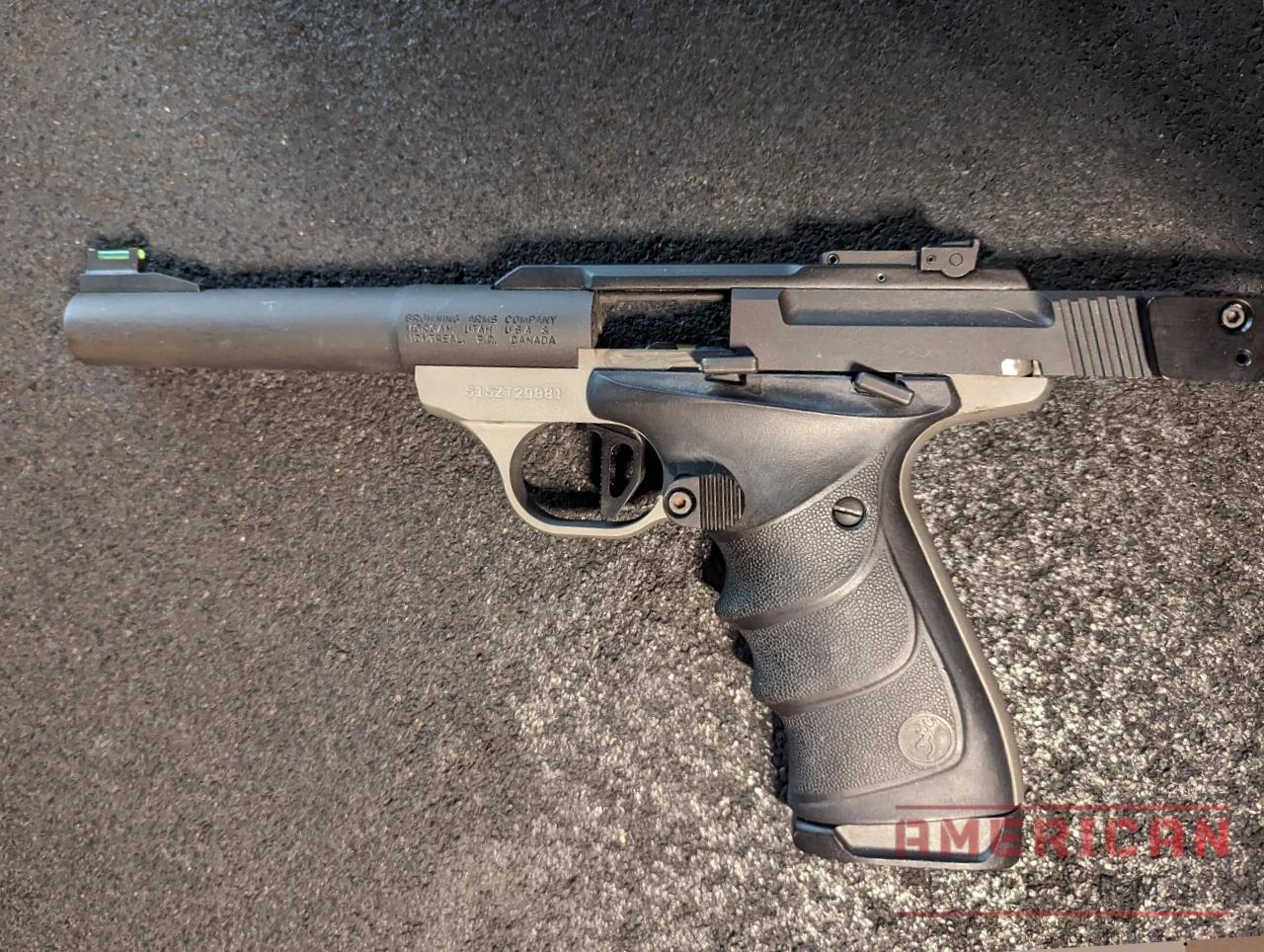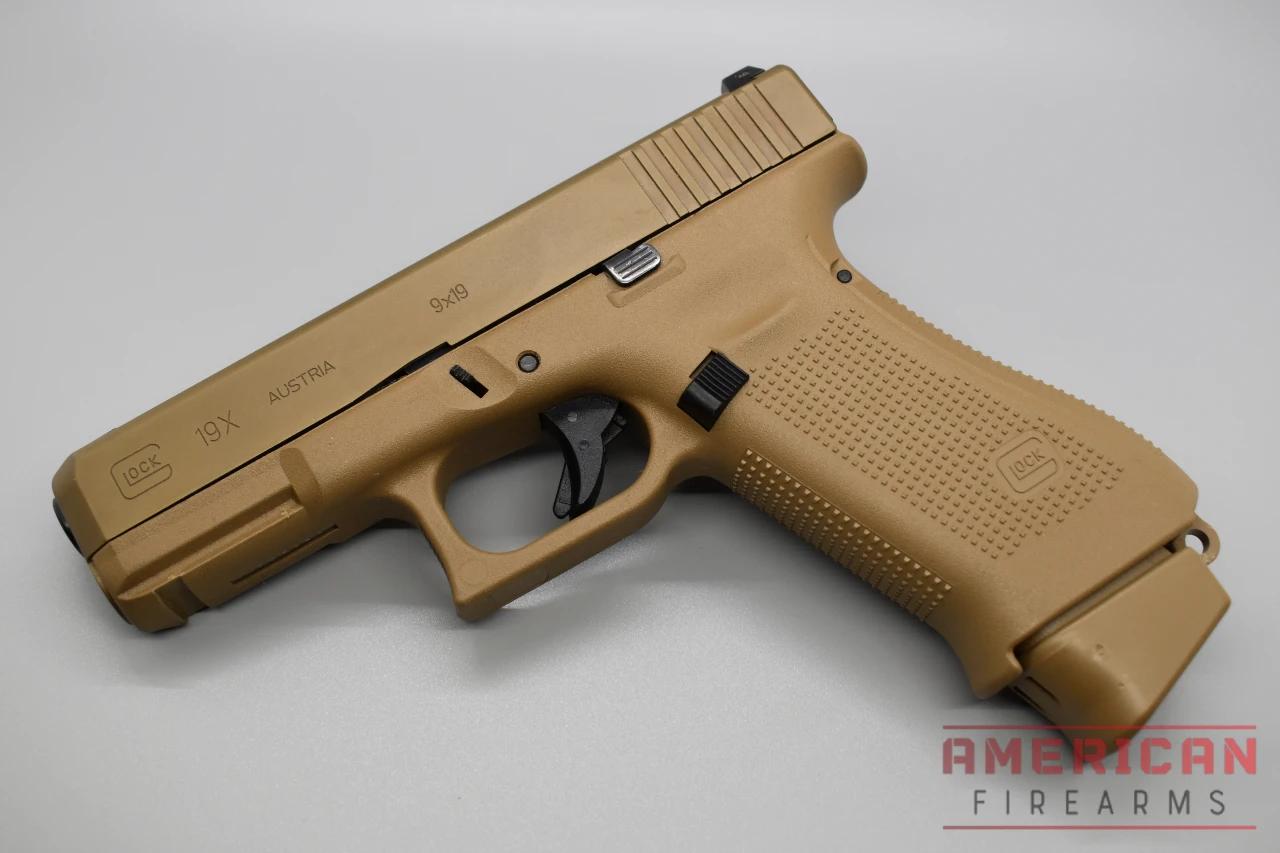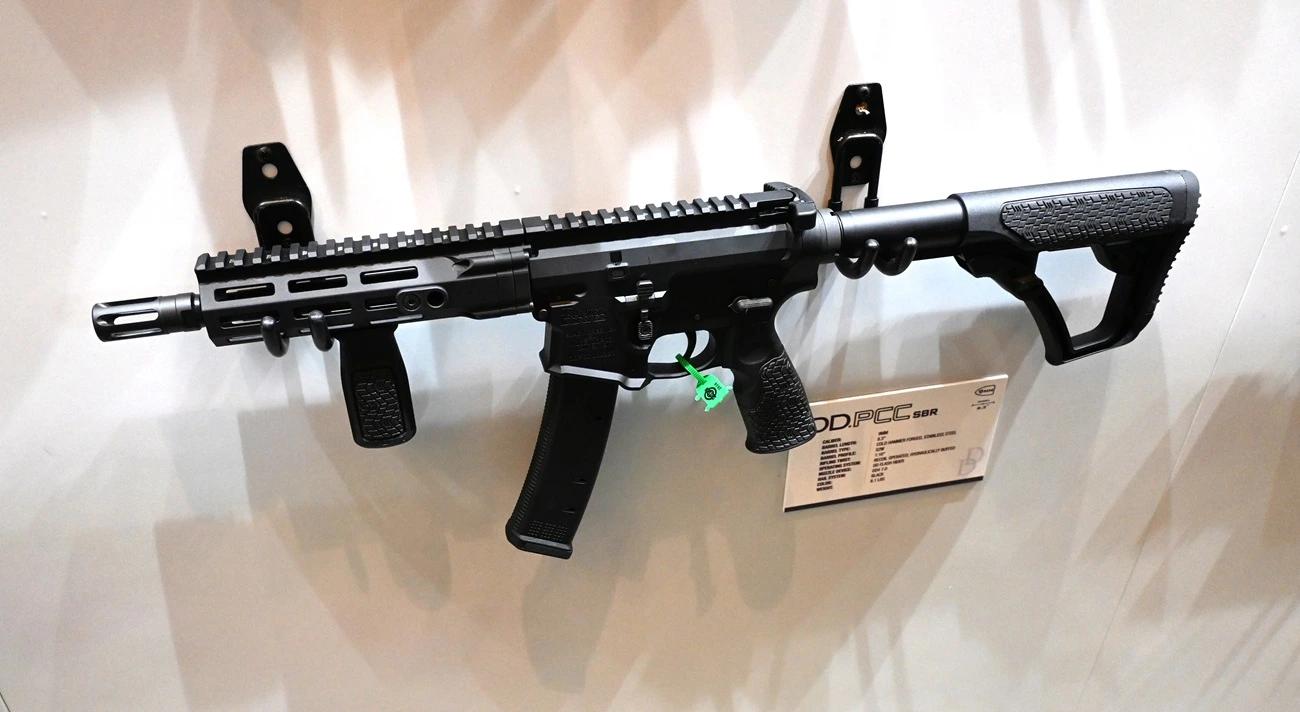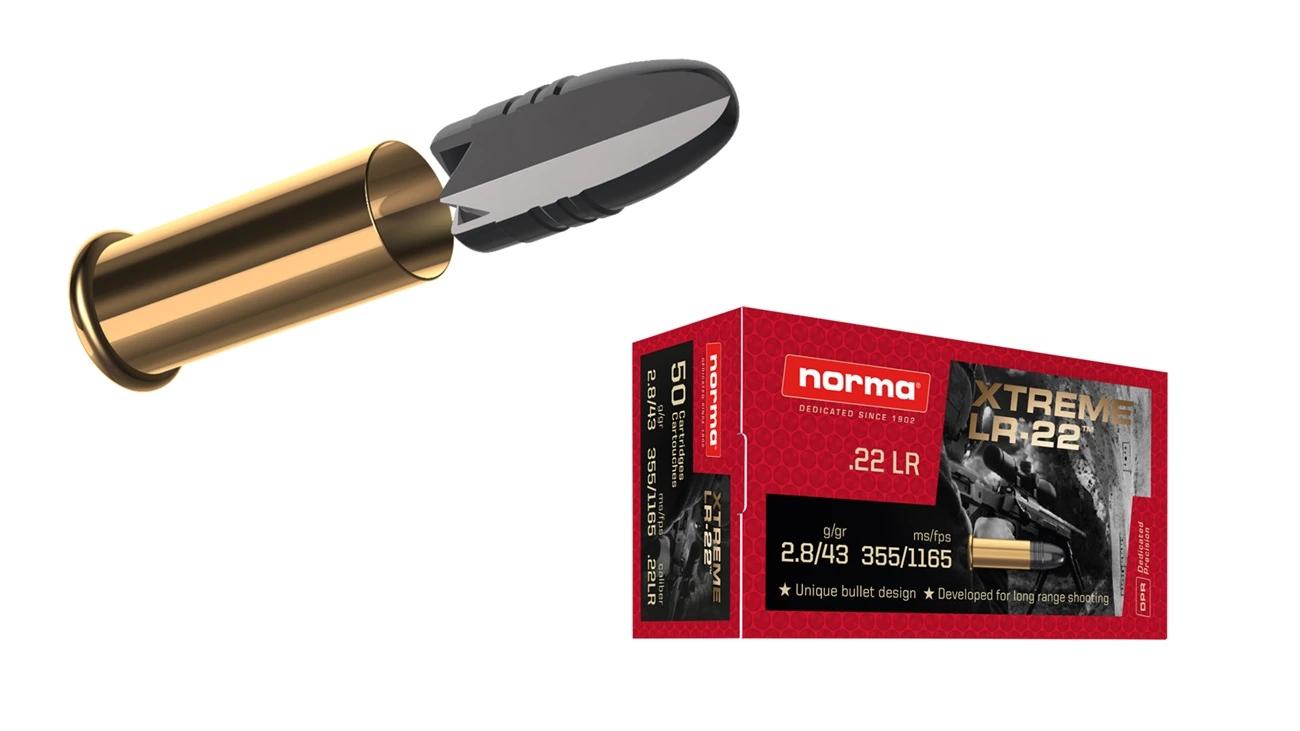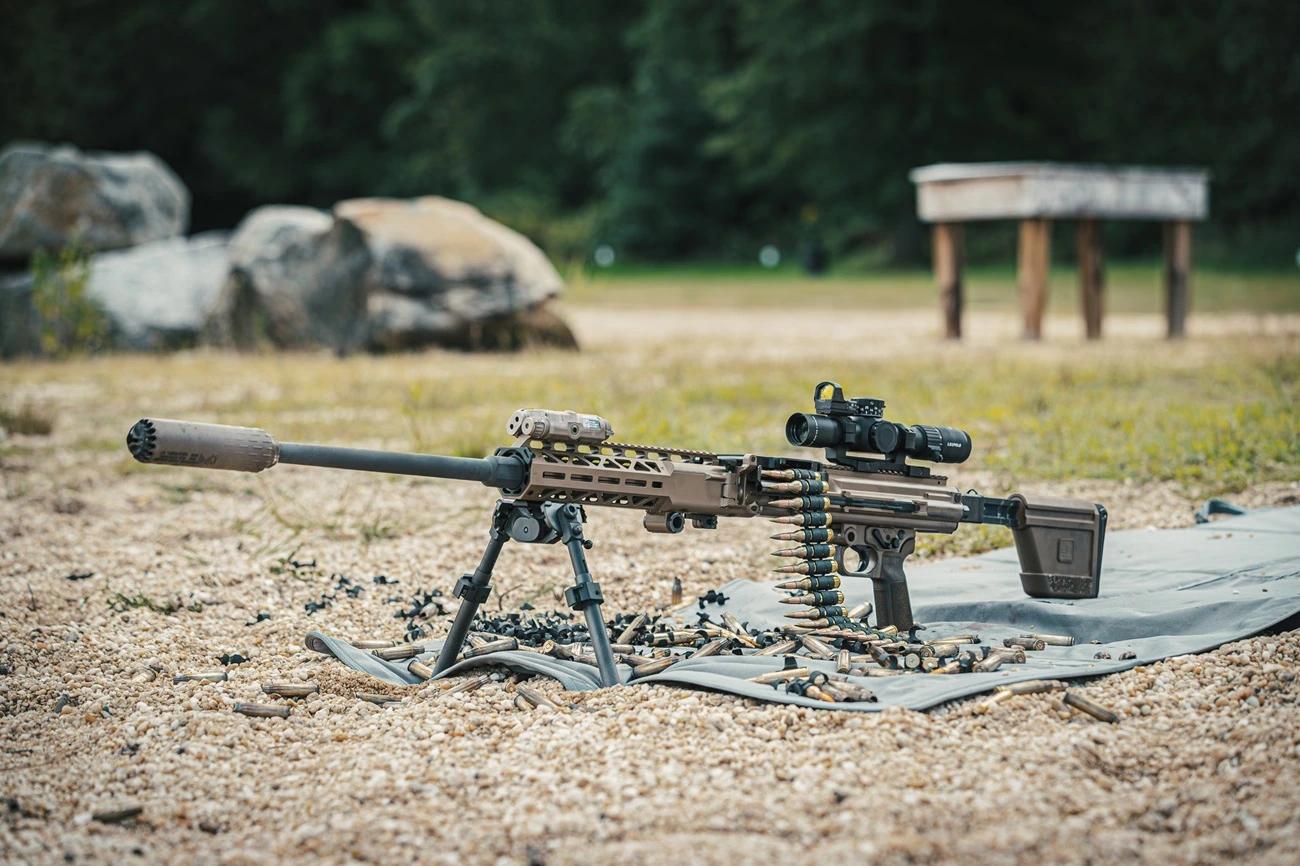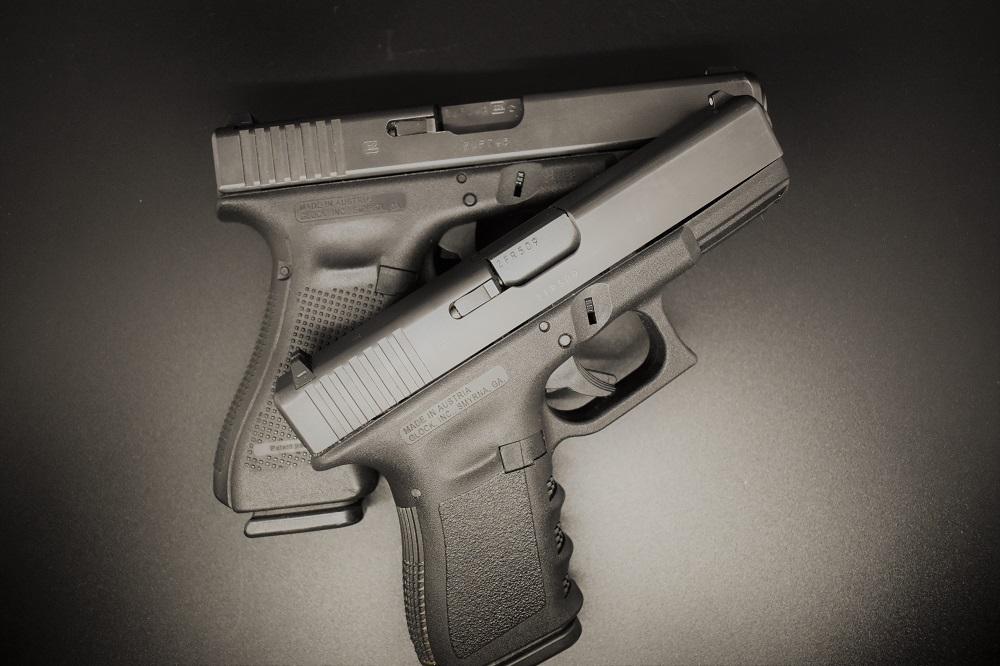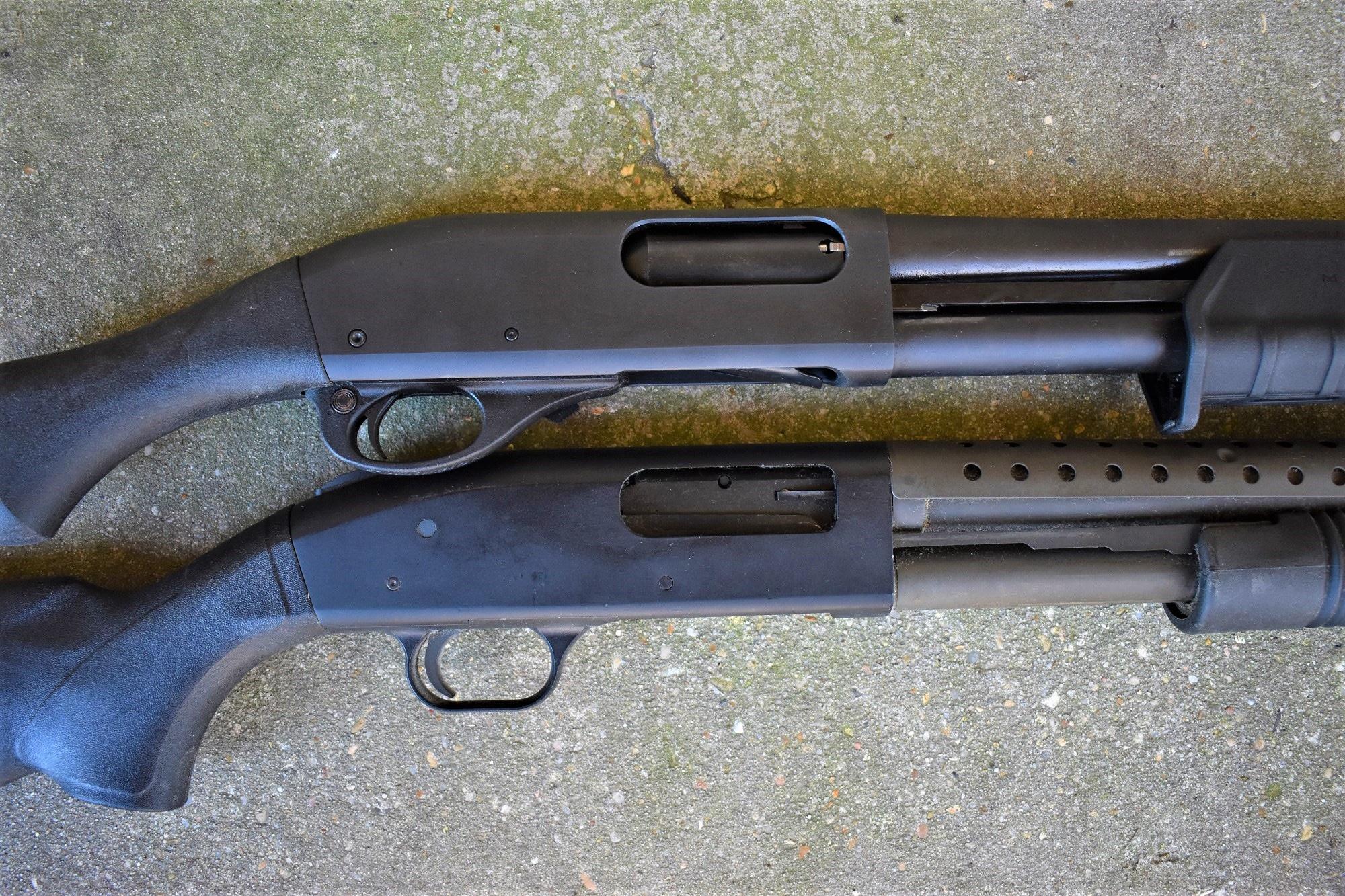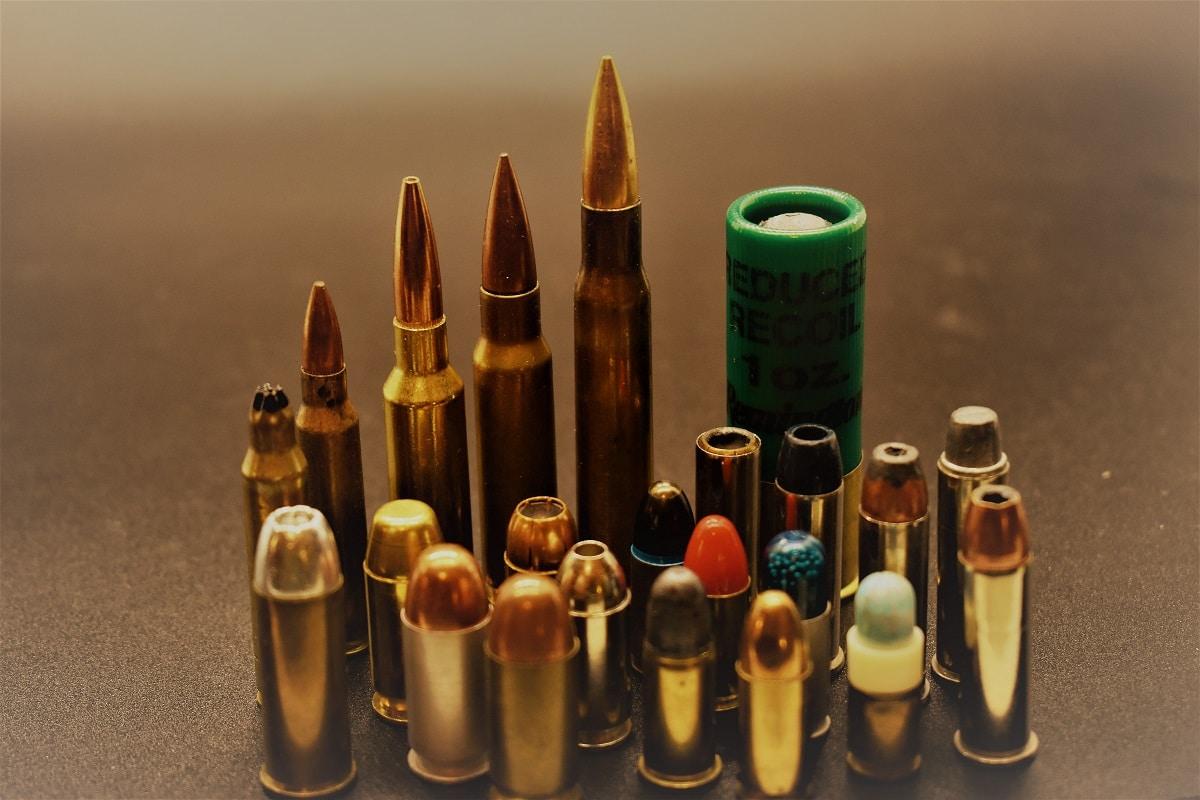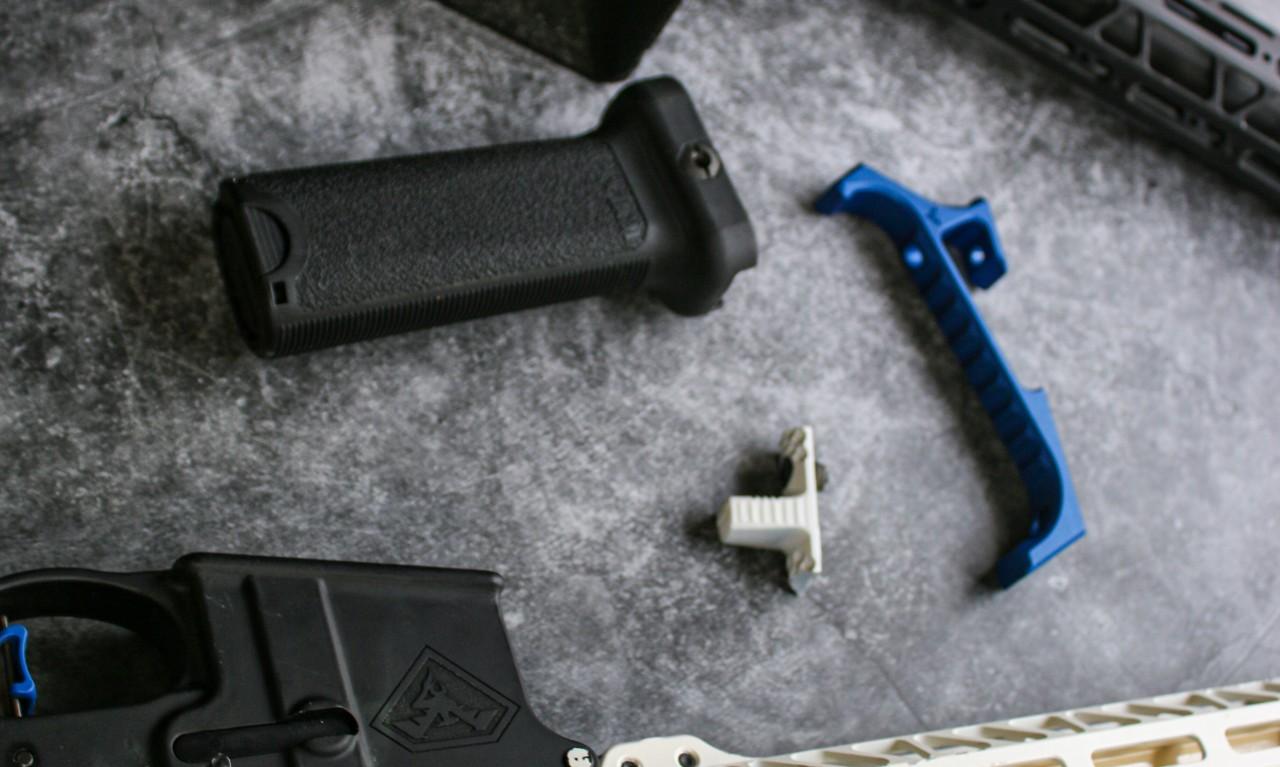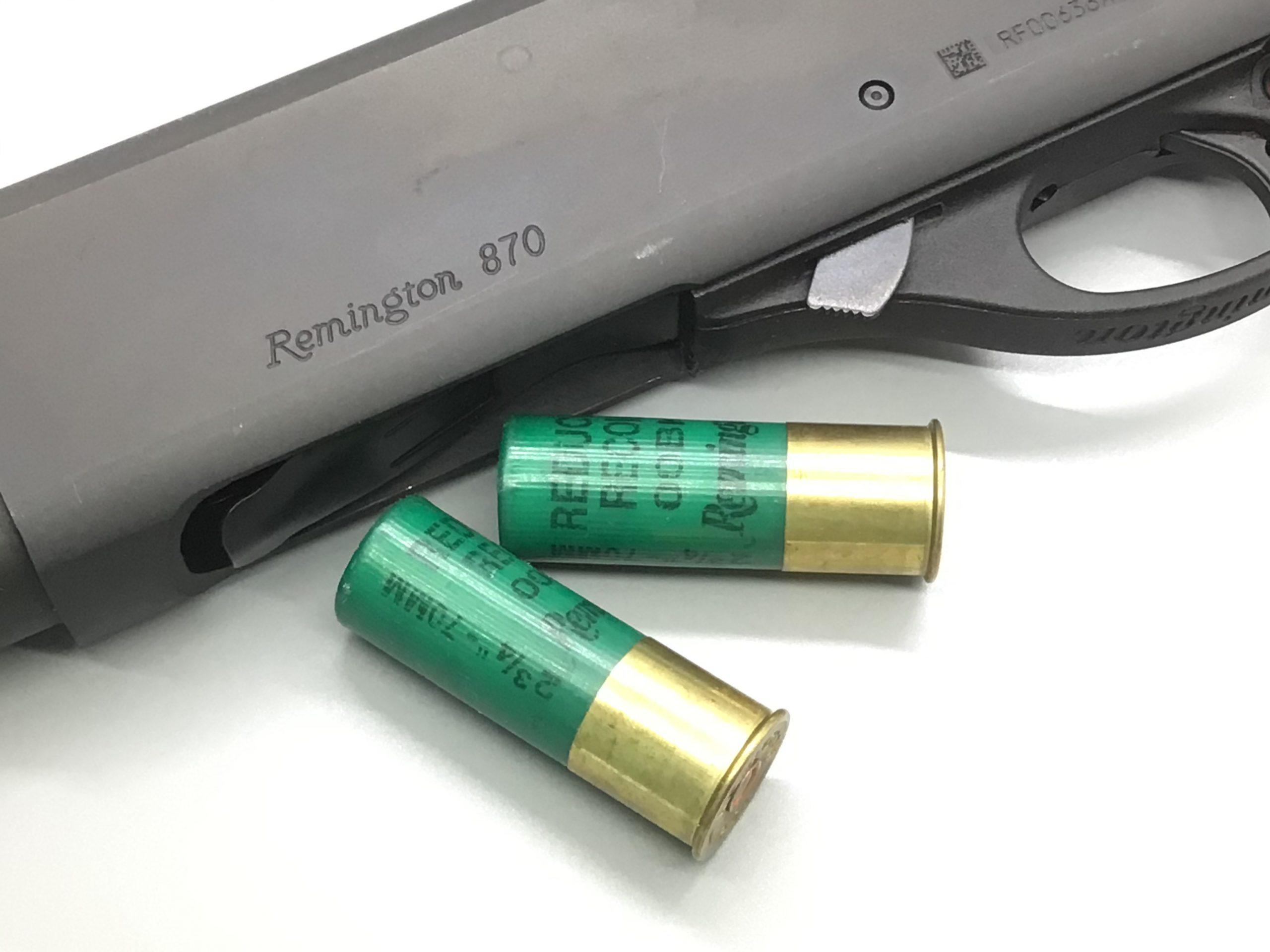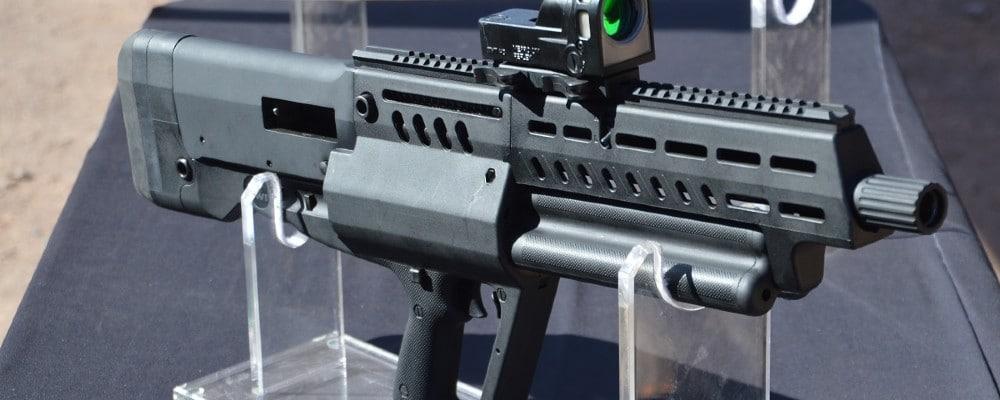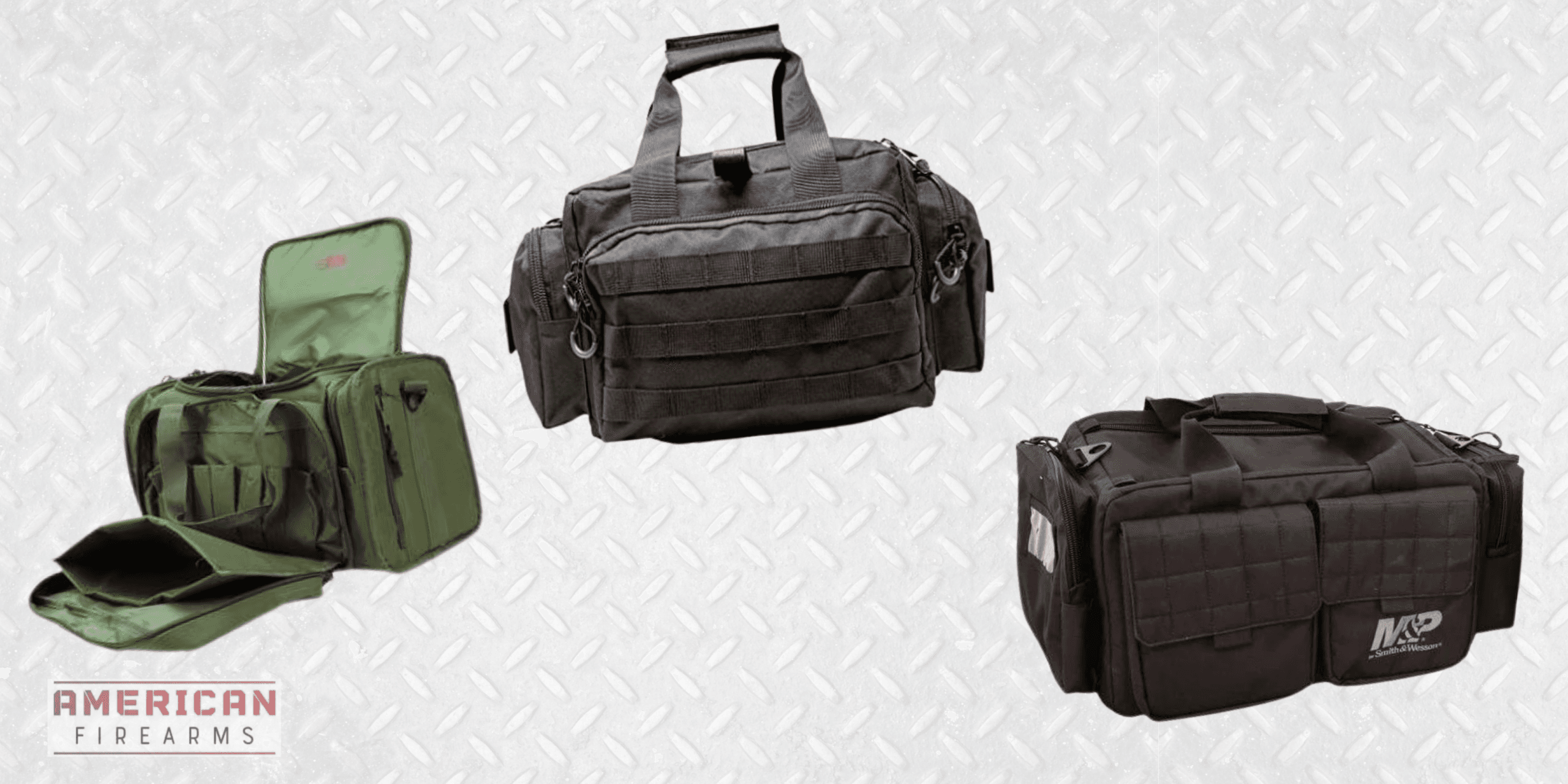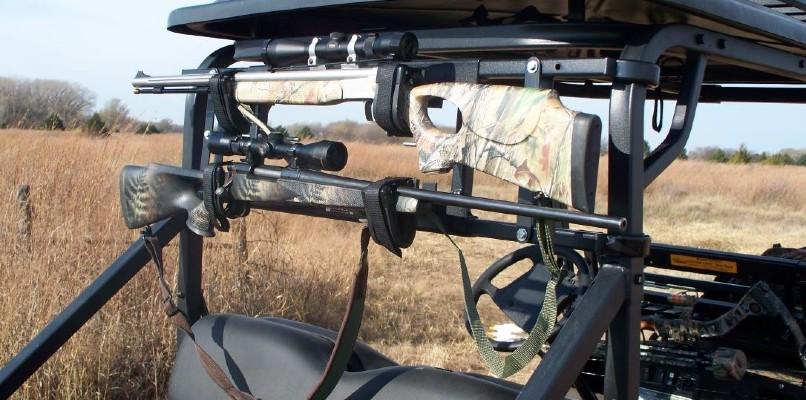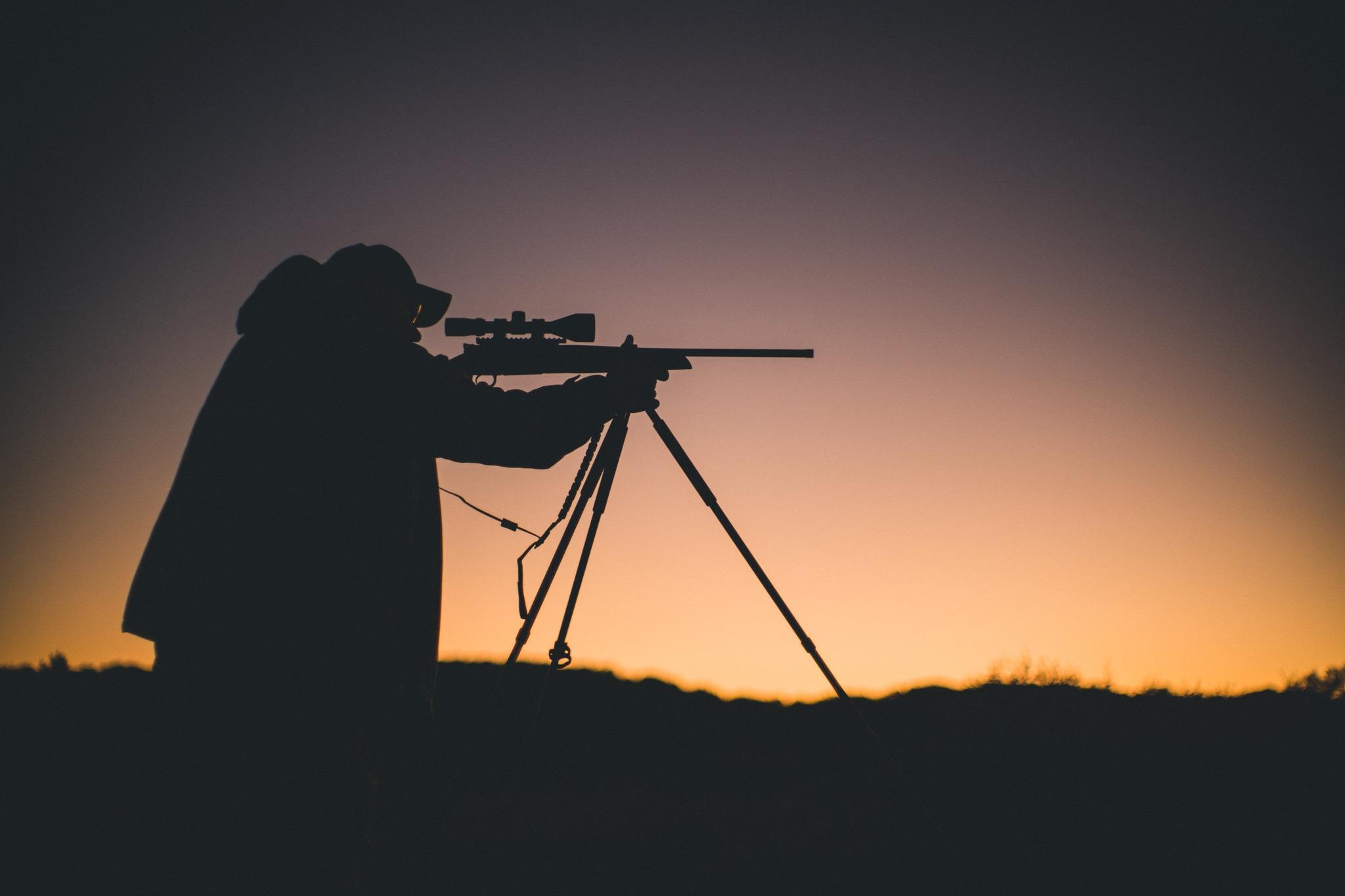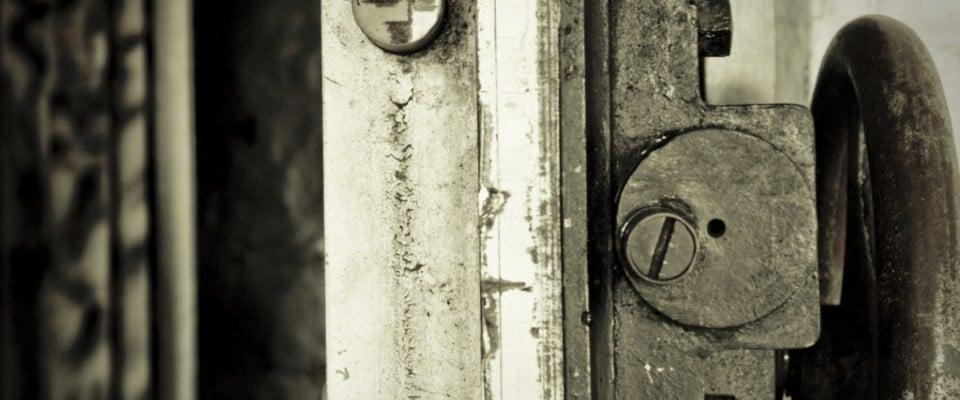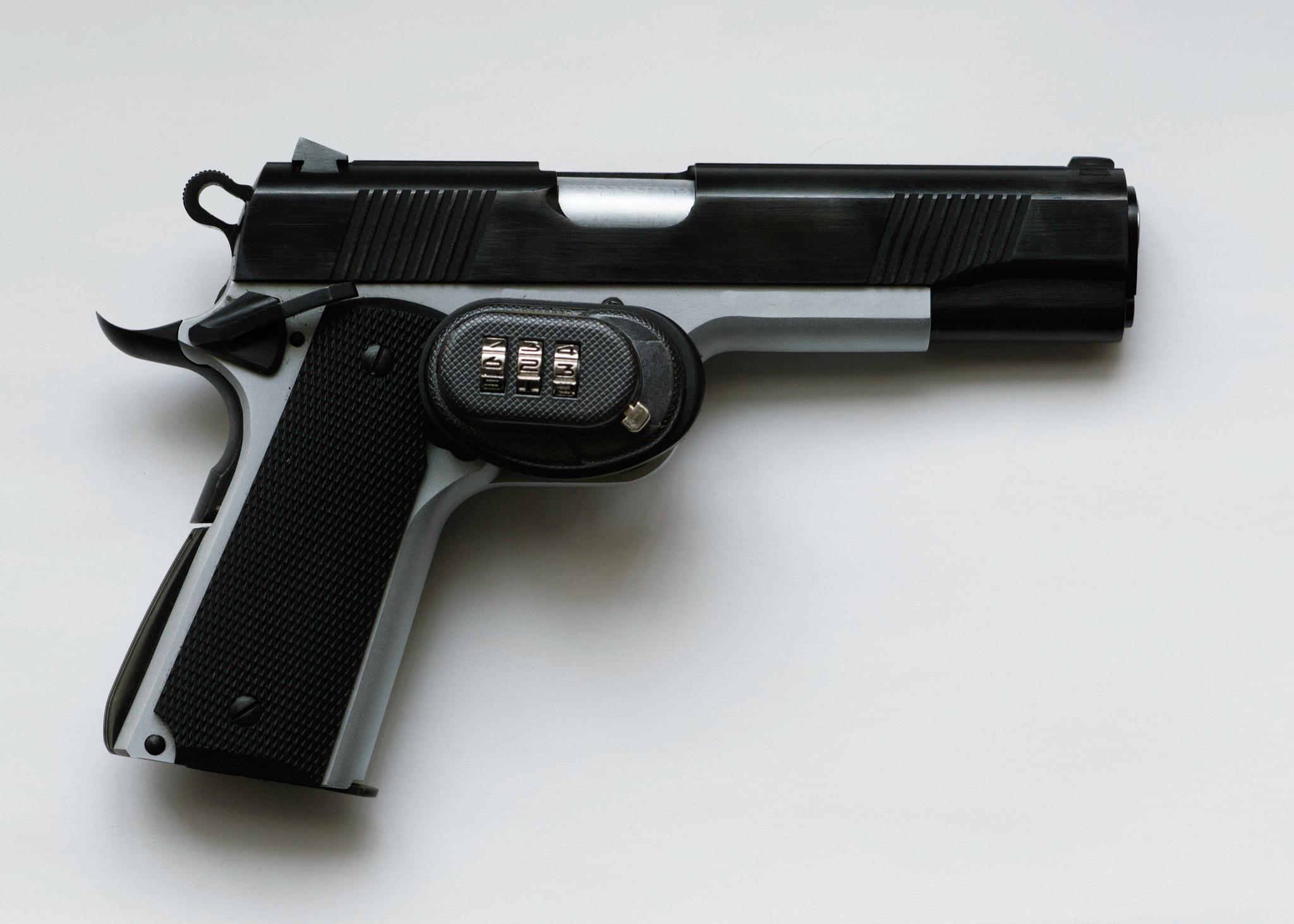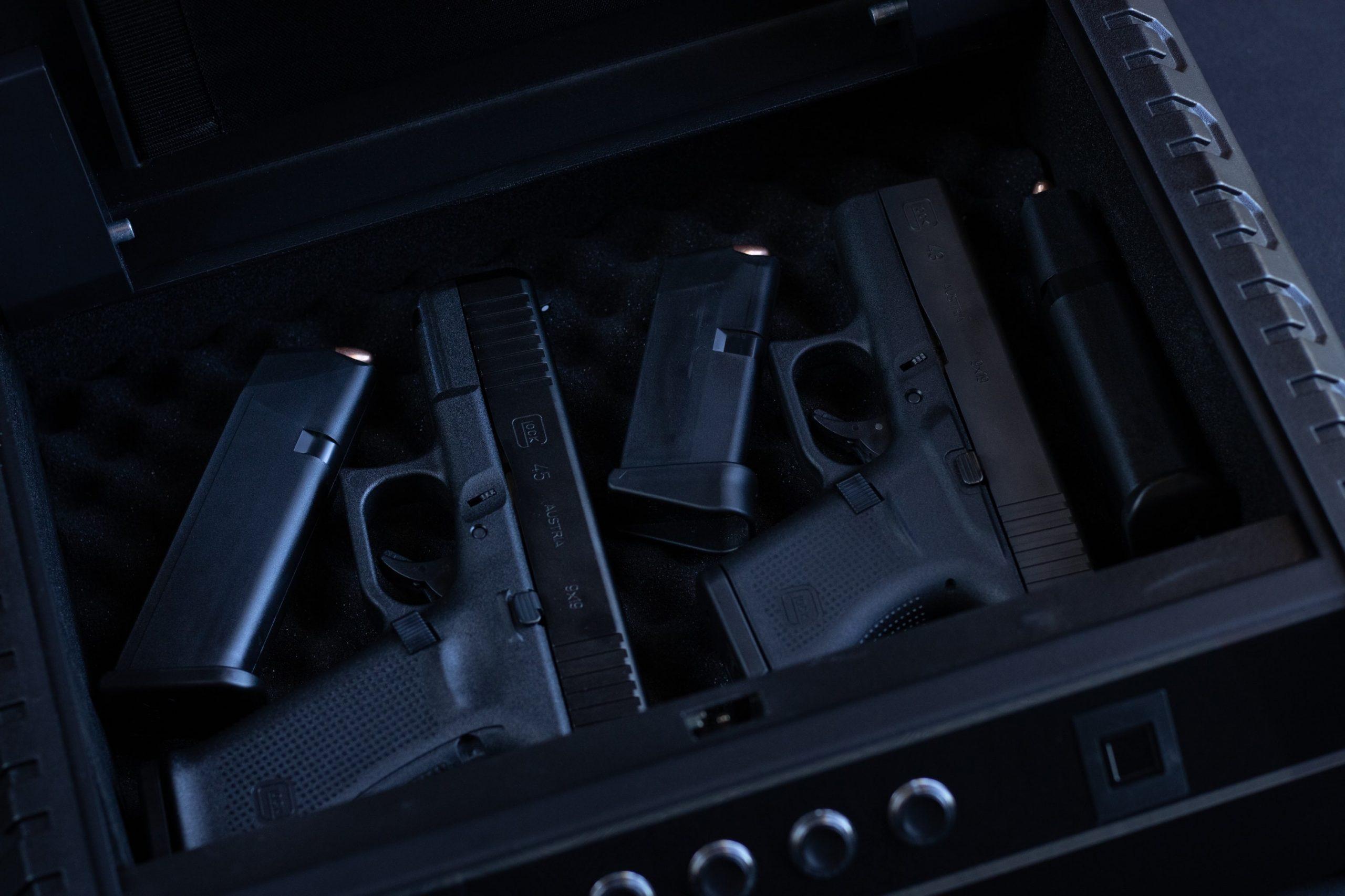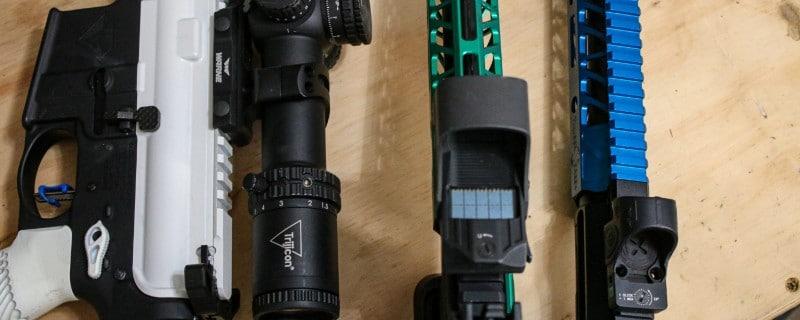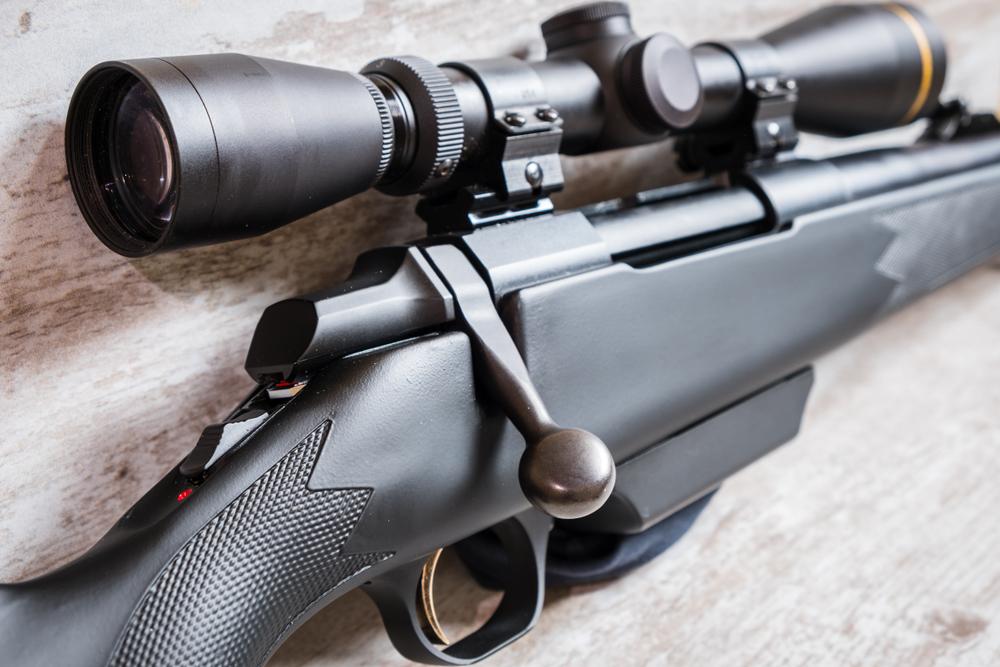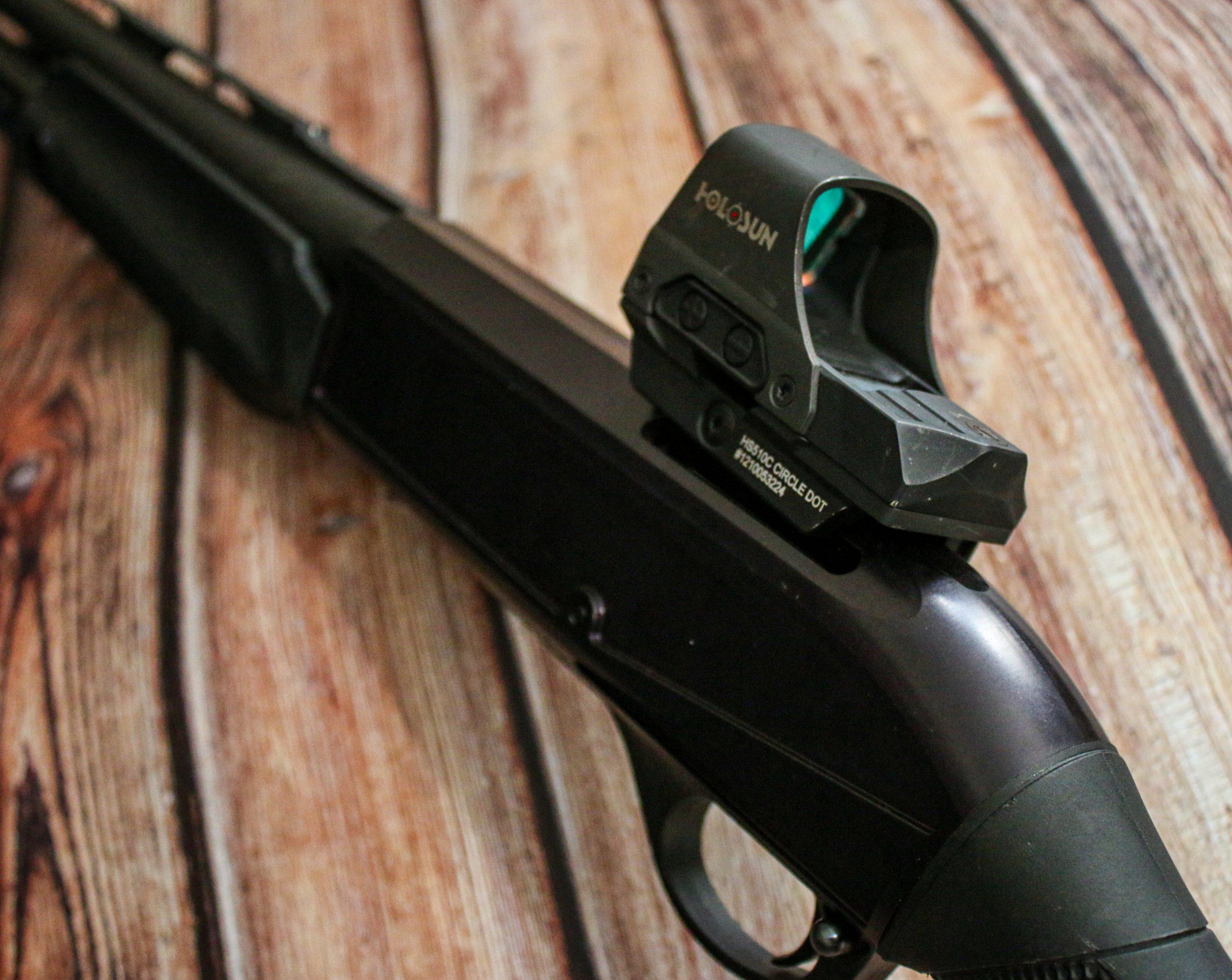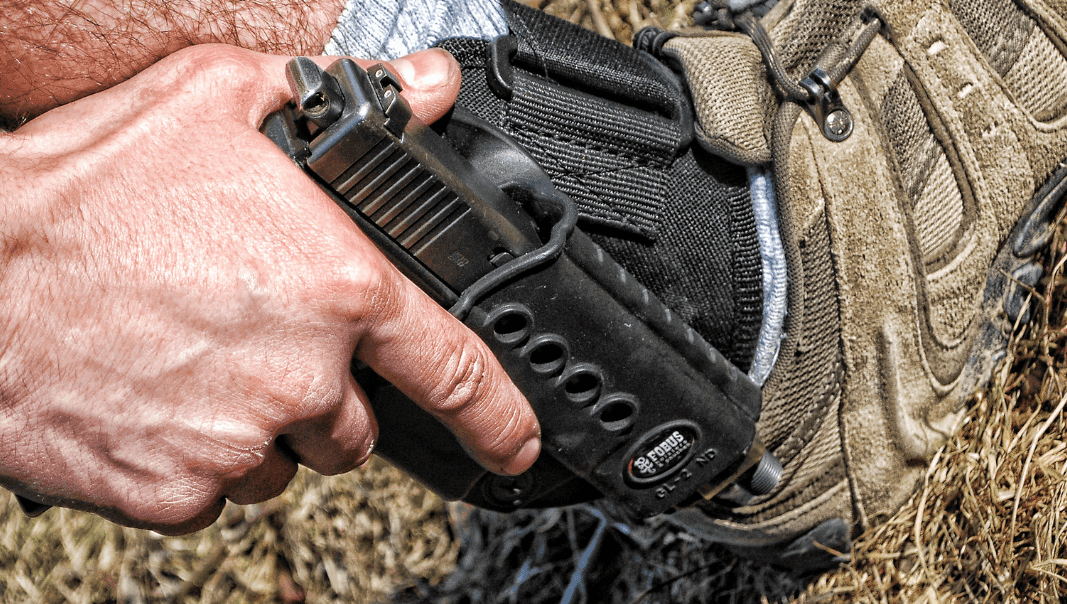5.56 vs 7.62: A Comparison
Written By
Michael Crites
Licensed Concealed Carry Holder
Reviewed by
Editorial Team
Learn About The Editorial Team
Share:
Products are selected by our editors. We may earn a commission on purchases from a link. How we select gear.
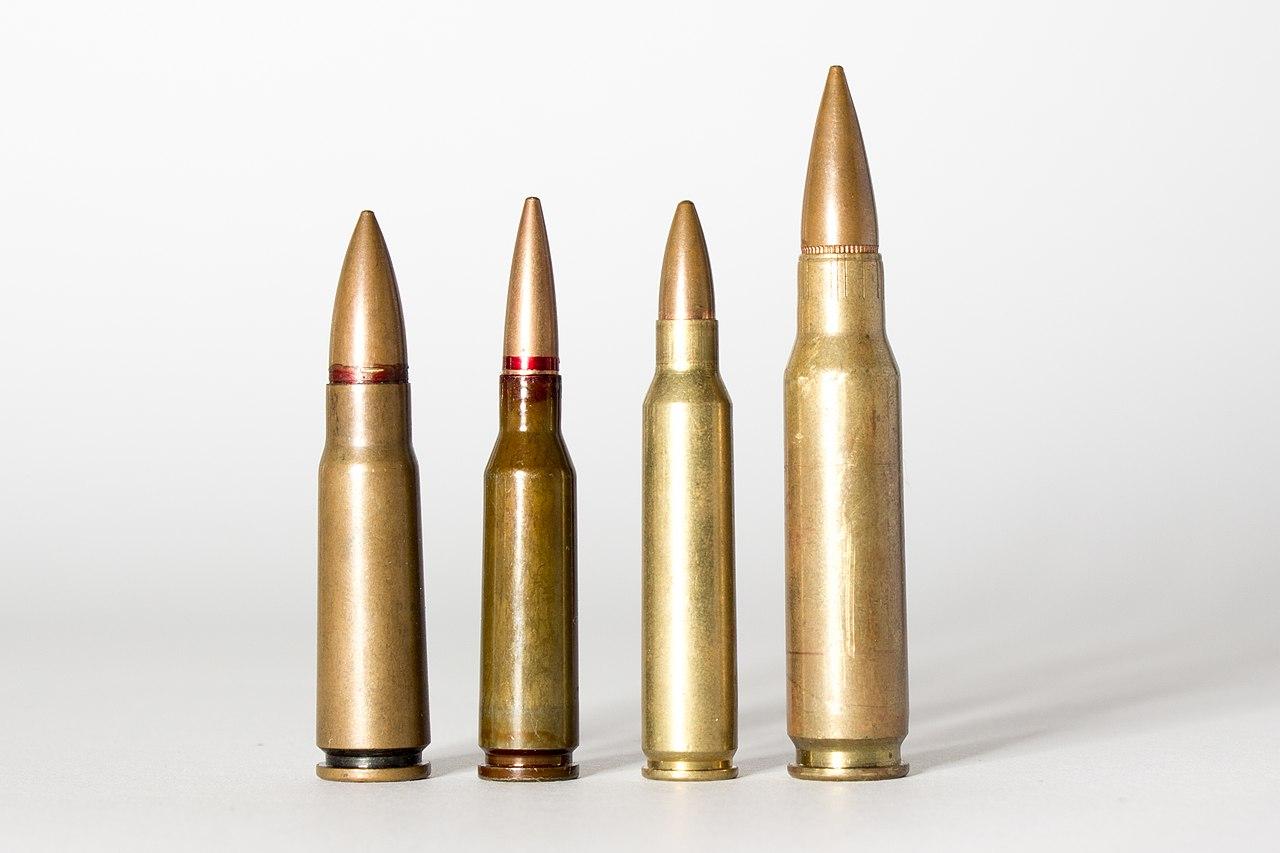
Updated
Sep 2024
Headstamp-to-Headstamp is our series aimed at helping you grok everything ammo.
It’s September of 1970. After a strongly worded letter from President Johnson and six weeks at Paris Island, a fresh recruit finds himself walking down a trail through a dense section of jungle, a newly minted Private in the Marine Corps.
In his hands is the new Colt M16 assault rifle — derided by some and loved by others in the platoon. Chief among the 5.56 NATO rifle’s dissenters is the platoon sergeant, who has been using the M14, chambered in 7.62 NATO, since the war to end all wars.
The going concern is that the smaller 5.56 round won’t perform at 500-yards or even the 300-yard mark the corps has long-held as a sacred test for long-range shooting. The M16, other hand, has been engineered to deliver effective stopping power and range for the kids of bad-breath distances all too common in the jungles of Vietnam.
In the bushes just off the trail, a young LASV guerilla stalks with his AK-47 chambered in 7.62×39, listening to this conversation amongst the U.S. troops, before deciding to ruin everyone’s day.
This anecdote, the likes of which played out for nearly a decade in the jungles of Vietnam, gets at the heart of this article; the two of the rounds that defined Cold War firearms development, the 5.56mm NATO and the 7.62×39.
In This Article
History of the Popular Rifle Cartridges
7.62×39
The Second World War was, for all combatants in general but the Soviet Union in particular, a distinctly unpleasant conflict.
Like many militaries before the war, the USSR, recovering from the loss of as many as 20 million Soviets as a result of famine and unrest during the Great Depression, was reluctant to invest in upgrading small arms. As such the Soviets issued the Mosin Nagant in 7.62×54 to most of its mainline troops, with other weapons in pistol calibers — such as the PPSH variants — issued to officers and specialist troopers in various roles.
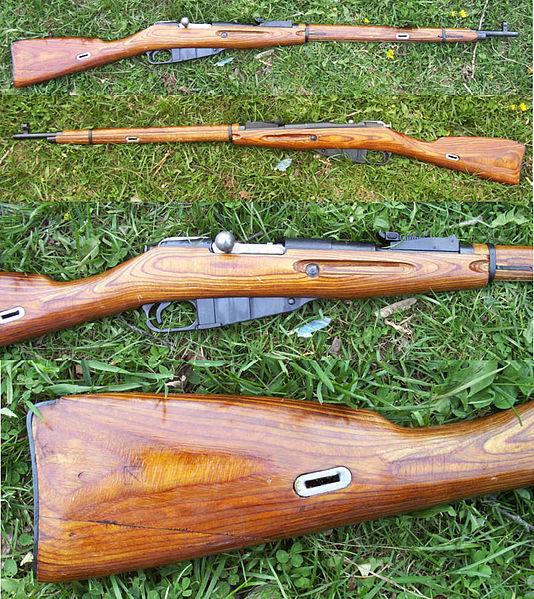
What the war demonstrated to everyone involved was the need for a cartridge that had more range than pistol-caliber firearms but offered similar levels of control. This was hard to find in older, full-power rifles designed to reach out and touch the enemy at 1,000 yards.
These new cartridges would need to be usable in close quarters but still deliver fatal kinetic energy out to moderate ranges. Additionally, there was a distinct need for a cartridge that could be used in both semi and fully automatic firearms. The Soviet answer to this was the 7.62x39mm.
Since its introduction in 1944, the 7.62×39 round has been used in a wide variety of firearms. The most iconic, the AK-47, is still in use around the world today with some estimates of 75 million AK-47s worldwide.
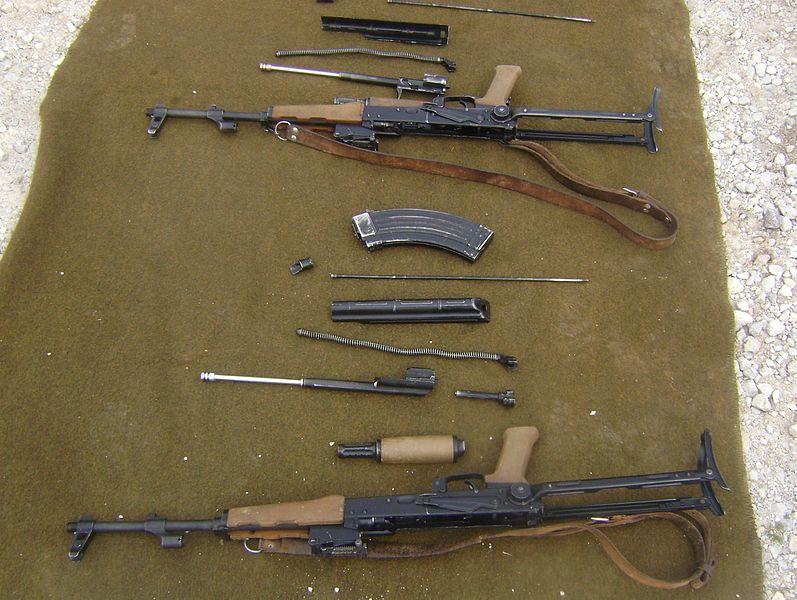
The AK’s simultaneous development with the semi-automatic SKS saw the cartridge find a home in Simonov’s rifle, as well as some of the main fully-automatic machine guns of the Soviet era, including the RPD belt-fed and RPK magazine fed firearms.
In terms of conflicts, the round has seen a lot of battle. Beginning with the Cold War’s Berlin Airlift, including the hot wars that took much of Asia, Africa, and Latin America, the round has been on at least one, and often both, sides of armed conflict since the 1950s.
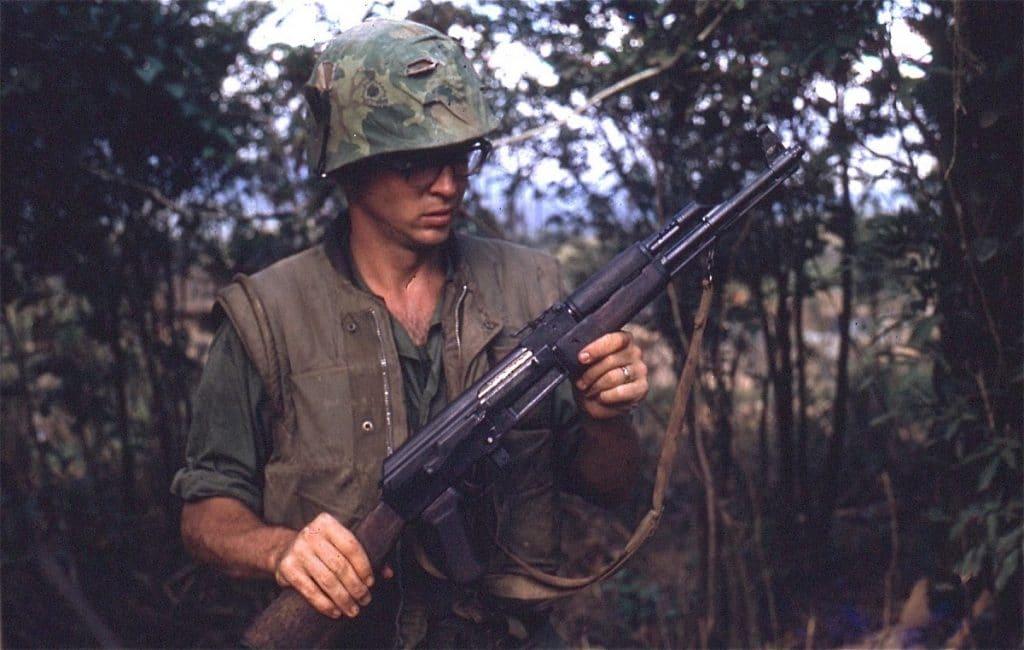
Today, firearms chambered in 7.62×39 are available in a variety of formats. The most common for civilians in the United States would be AK and SKS pattern rifles. There are, thanks in no small part to the availability of the ammunition, an increasing number of bolt action rifles chambered in 7.62×39 as well.
With its relatively heavy pill and comparatively low muzzle velocity, the CCCP’s favorite round has found applications for home defense, but is, as evidenced by its continued use, also an extremely effective offensive and hunting caliber.
The 7.62×39 provides appropriate terminal ballistics with its hollow point and soft point ammunition, making it suitable for humanely taking down medium-sized game.
5.56x45mm NATO
On the other side of the Iron Curtain, the United States and other NATO countries took a similar lesson from the Second World War as the Soviets. The needs of combat were changing, broadly expressed in two main themes.
First, soldiers needed an intermediate round that could be used out to moderate ranges, but also functional in fully automatic applications. The second was that, for logistical simplicity, that same round should be used in as many firearms as possible.
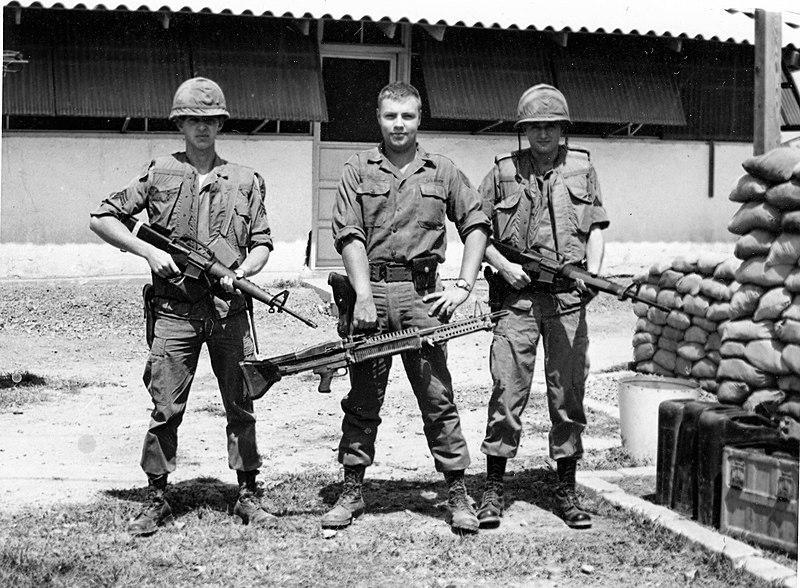
In NATO, there were two answers to these needs, the full details of which extend well beyond the scope of this article. In short, much of NATO, including many of the European powers, standardized on the 7.62×51 NATO, giving us firearms such as the FAL and G3, which are still in military use today.
The idea of a European-developed round and, even worse , a rifle, did not please the United States, which charged ahead with the development of the 5.56mm NATO round by-and-large on their own.
After adopting the 5.56mm in the 1960s for use in their new M15, the U.S. — thanks to their relative importance in NATO — diplomatically persuaded the other nations to adopt the round. Now, the 5.56mm has become the global standard in small arms calibers.
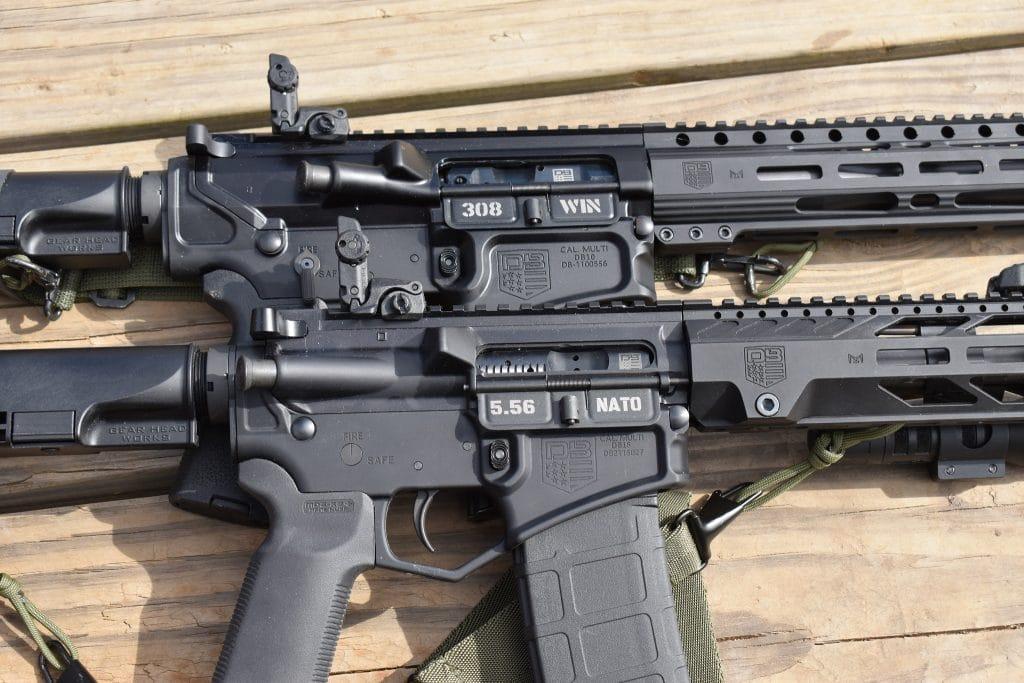
The lighter weight bullet of the 5.56mm means that, in general, it leaves the barrel hotter than its Soviet counterpart, knocking around 3,000 fps from a standard M4 barrel. This results in a flatter shooting round, which requires less sight adjustment and allows for effective shooting at longer distances.
In terms of conflicts, the round has seen use in every American conflict since Vietnam, where it became popular in short-range jungle fights. The U.S. has also deployed the round in Latin America, Asia, Africa, and the Middle East. In addition to the M16 and M4 series of rifles, it can also be found in the M249 light machine gun, bringing the concept of one interchangeable round for a single squad to life.
Many other countries around the world have also adopted the 5.56mm, with the British and the French as notable examples. Both have developed and deployed bullpup designs, all using interchangeable magazines.
The goal was operational flexibility: if NATO was involved in a conflict as a coalition, ammunition, magazines, and other operational facets could be shared, making it possible to keep their troops fighting.
In the U.S.firearms chambered in 5.56mm come in every shape and size imaginable, from bolt action rifles right up to belt-fed replicas of the M249. It is, in many ways, America’s fighting and hunting caliber of choice.
Size Comparisons
In terms of size, we refer to both of these cartridges by the size of their bullets in millimeters – – e.g. the 5.56x45mm and larger 7.62x39mm are measured in those dimensions.
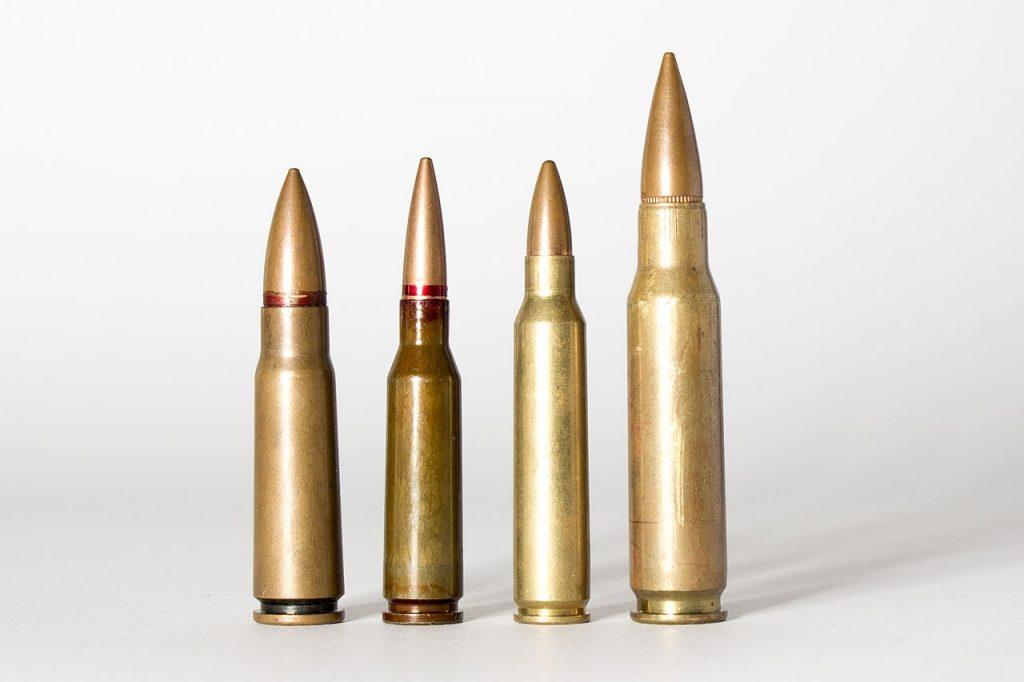
A few notes while we’re talking about size. Often you’ll see an AR receiver marked for .223, which is the imperial equivalent of the 5.56x45mm round. However, and this is important, that does not mean that they are the same round.
SAMMI makes it clear that firearms chambered for .223 are not meant to fire 5.56×45 NATO rounds. They cannot withstand the pressure of 5.56×45 NATO ammunition, and can cause catastrophic failure if fired from the wrong weapon. Always verify that you are using the correct ammunition by comparing the head stamp on the ammunition to the caliber markings on the firearm to ensure everything is kosher.
Generally, any 7.62×39 you can find conform to the Soviet specifications, so you’ll likely not have the same problems there.
Ballistics and Muzzle Velocity
In terms of uses, both of the rounds have a similar purpose: a general-use round for infantry small arms. With that said, they have very different ballistic profiles.
7.62x39mm Ballistics and Bullet Weight
Leaving the barrel, a 7.62×39 round will put up north of 2,000 feet per second (fps). From there, the round flies flat for approximately 100 yards, then drops rather substantially. At 300 yards — about the maximum effective combat range most soldiers will have with iron sights — the 7.62×39 will drop around 20-30 inches, depending on conditions.
With its relatively heavy pill and lower muzzle velocity, the CCCP’s favorite round has found applications for home defense, but is, as evidenced by its continued use, also an extremely effective offensive and hunting caliber.
The 7.62 pill is generally about twice the bullet weight of the 5.56mm, which means at close ranges the former hits much harder. That extra weight, however, means the round takes more energy to keep moving, and thus you’ll see much larger bullet drop measurements at longer ranges when compared to the 5.56mm.
Of course, that’s a generality. Several things can impact the ballistics of any round. Ambient conditions: wind, humidity, and altitude all matter, as they affect air density. Another major factor is barrel length. At a certain point, barrels are too short to both burn all of the powder in the cartridge and give the bullet adequate time to gain speed with the pressure behind it.
For example, a 4” barreled AK pistol will suffer ballistically when compared to a standard-length 16”-barreled AK with about four times as much barrel. There’s just more runway, so to speak.
5.56x45mm Ballistics
With the 5.56mm NATO, we have a different story. The lighter weight bullet of the 5.56mm means that, in general, it leaves the barrel hotter than its Soviet counterpart, knocking around 3,000 fps from a standard M4 barrel.
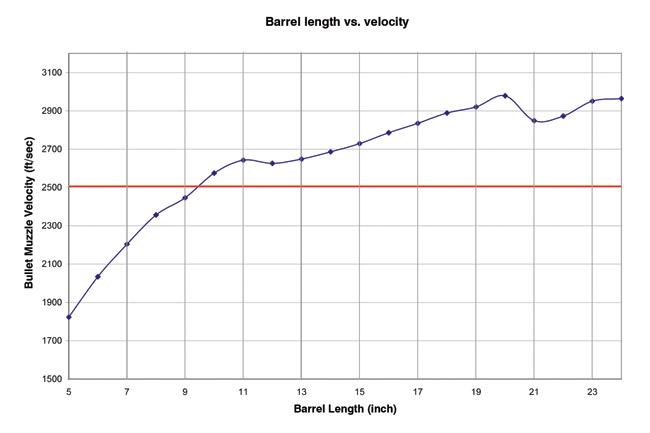
From there, the first 100 yards see almost zero drop, and at 300 yards, the 5.56mm drops around 10-15 inches, half that of the chunkier 7.62. That flatter trajectory makes up for less kinetic energy with improved range.
The 5.56mm is particularly effective at medium ranges, where its precision and reduced recoil offer significant advantages over other cartridges.
Again, those are general terms. The 5.56mm round in particular is hamstrung by barrel length and rifling twist rate. The 63 grain M855 bullet, for example, was engineered for a 20” barrel which, not surprisingly, is the length with which it achieves the greatest muzzle velocity.
Fire that same M855 out of a 10” barrel and you’re looking at velocity below 2,500 fps, which is insufficient to produce a lethal wound channel.
There’s a lot to learn with the specifics of these rounds, and going down the rabbit hole into the math can be deeply enlightening should you take the time.
Which is More Expensive to Shoot?
In 2020-2021, both are extremely expensive to shoot. We’d be impressed if you could find either at a reasonable price, either online or in stores. The global health, logistical, and political situations have most industries in disarray, and ammo is no exception.
If we’re talking about typical circumstances, timing seems to matter, too. In the U.S. people will often look to buy AR-15s before elections, in no small part to the fear-driven dialog that takes over the airwaves in election years.
That usually drives up the price of 5.56mm and can make 7.62 a more economical option. Similarly, 7.62 can go up if, for example, new sanctions get passed and our former Soviet friends aren’t allowed to import cheap 7.62 ammo.
The bullets themselves also make a big difference. The basic, steel-cased versions of both, normally, are your best budget option, but there isn’t as huge a difference in price between brass-cased and steel-cased 5.56 ammunition as there used to be.
If you for some reason must have the nicest, coolest-looking ammo that promises to turn your standard rifle into a heat-seeking destroyer of worlds, both the 5.56 and 7.62 are going to get mighty expensive.
Generally, it’s best to find and buy ammo when the best deals can be had — and right now, everyone is wishing they’d bought considerably more ammo in 2018.
7.62x39mm Rifle Choices
An update on the classic AK-47 design, the snappily-named PSAK47, made in the USA by Palmetto State Armory, is growing in popularity amongst the AK community. It has a forged receiver, an excellent barrel, and gorgeous furniture that stays close to home with the AK mystique.
This is the rifle you want if you’re looking to take advantage of the AK in its purest form and use the 7.62 round as intended; an intermediate round for infantry combat.
The 7.62×39 cartridge also provides appropriate terminal ballistics for humanely taking down medium-sized game such as deer and feral hogs, making it a versatile choice for both combat and hunting.
This rifle is both ruggedly functional and beautiful to look at. Plus it uses standard AK magazines, has a lifetime warranty, and has a stepped-up barrel and trigger. Overall, an excellent rifle in 7.62.
Internally, this is the same as the previous rifle: an AK built in the USA, to last a lifetime, but the GF4 MOEKOV shows how far 7.632 caliber rifles have come since 1944, and the GF4 has a few compelling modern touches.
First is the looks: an all-black AK is a mean-looking firearm, and the cool factor does count for something. Second, the stock can fold flat and while still allowing it to be fired. This makes the GF4 an excellent vehicle weapon, especially when compared to the AR, which doesn’t quite have the same functionality thanks to the rear buffer tube.
Additionally, with the Magpul handguard you’ve got multiple M-lok slots to add ay accessories that fit your fancy. This means that the 7.62 can certainly be used on a contemporary fighting rifle, keeping it relevant 70 years after it was first introduced.
The RPK, a bigger brother to the AK which fires the same round, is one of the better small arms of the Cold War Period. Sadly, it’s about impossible — and extremely expensive — to buy an original PRK given they’re classified as machine guns by the good ‘ol NFA.
This recreation, imported and updated by Century, is just close enough to scratch the RPK itch. Effectively, this is an AK with a long barrel and a reinforced trunion, in addition to handle, bipod, and stock. The barrel and bipod might help a little with accuracy but are even better for laying suppressive fire (or blasting paper at the local range).
7.62x39mm Rifle Choices
Who doesn’t have a thing for vintage (or at least vintage-looking) rifles. If you’re like many classic black rifle enthusiasts the Brownell BRN15A1 retro-rifle is the 5.56 equivalent of Huey ride. They’re nearly identical to their military counterparts — giving you a faithful reproduction of an M16A1 in terms of barrel, furniture, and (semi-auto) operation. No giggle switch unfortunately.
If you’ve wanted to know what it was like to carry an early M16 in Vietnam, this is likely as close as you’re going to get. Make sure to follow the included instructions and clean the rifle carefully! The self-cleaning myth is untrue known to make the guns jam with alarming frequency.
Like 7.62 rifles, the universe of 5.56mm firearms has seen modernizing over the last few decades. This rifle, the PA15, is a great example of that progress.
Offering the same 5.56 goodness out of a shorter, M4 profile barrel complete with a forged mil-spec 7075-T6 A3 AR upper and lower receivers, a collapsing stock and the attachment points galore, this is an evolution that takes 5.56 firearms into the 21st century.
Rifles like this one have quickly become some of, if not the, most popular rifles for home defense, hunting, and plinking. The 5.56 caliber, in particular, is often praised for its effectiveness in self defense scenarios, offering a balance of stopping power and manageable recoil.
At first glance, the Galil certainly looks like an AK, and upon closer inspection, it functions a lot like one as well. The Galil is, in effect, an Israeli-built AK in 5.56mm.
That alone makes this rifle worth a second look, but it’s also a rugged fighting rifle that served the IDF through multiple conflicts, and some folks would consider it one of the best looking rifles around today. If the ARs of the world don’t scratch your itch, or you just want something interesting and effective that’s chambered for 5.56, take a look at the Galil.
Additional Reading
- Small Arms Review, M14 Vs M16 in Vietnam
- Terminal Ballistics Research, 7.62×39 (M43)
- Digital History, The Great Depression in Global Perspective
- WorldBank.org, Weaponominics
- Wikipedia, Sergei Simonov
- SAAMI, Unsafe Arms & Ammunition Datasheet
- Small Arms Defense Journal, Barrel Length Studies in 5.56mm NATO Weapons
- ATF, Machine Gun Transferability
- Grasyl, Intermediate cartridge comparison
- Palmetto State Armory, Various Rifles
- Brownells, Various Rifles
Updated
September 23, 2024 — We’ve updated this article with deeper details on the differences between these two popular cartridges.
Sign up for our newsletter
Get discounts from top brands and our latest reviews!

